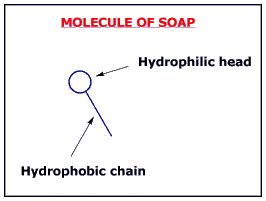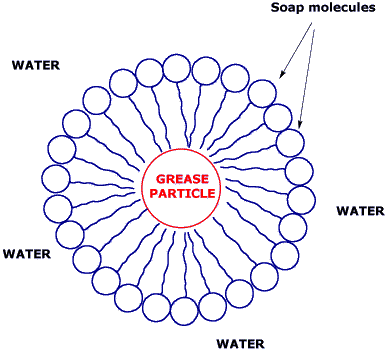I believe that science and technology are the backbone of the nation's strength. Science teachers are therefore some of the most critical people in guiding our nation into the future. I believe that teachers must have exceptional knowledge of their subject matter. students need to be "sold" on science, and a science teacher who does not love science subject to its core probably should not be teaching. I believe that science teachers must stay current with knowledge from within their field. Science subjects especially chemistry is an ever-changing discipline, and a teacher who does not up-to-date on recent developments in their field cannot be an effective teacher.
I believe that inquiry learning, when used properly, can produce question asking, critical thinking and problem solving skills required for the success in the twenty-first century. unfortunately, in this era of content-based accountability in
education, the body of knowledge required is so broad as to leave little time
for inquiry-based lessons. However, I believe that at least 5% of the
curriculum should be structured to be inquiry-based. This is a small sacrifice
in time with a large potential payback in student performance and attitude.
I believe in science, I believe in education, I believe in students, and
I believe in the responsibility of humankind to control its own destiny through
science and engineering. I wish to do my small part.
I believe in “24/7 involvement.” Students
should be thinking of science and math constantly. As a teacher, I am committed
to making myself available to my students through e-mail and instant messaging,
so that I can answer students’ questions at any time of day or night. I
encourage discussion amongst classmates, so that they may synthesize physical
thoughts on their own. Finally, I encourage my students to keep an eye on the
natural phenomena around them, to build curiosity and to develop “physical
intuition.”
I believe that science isn’t easy. Standards
should be constructed in a way that all learners are challenged to an
appropriate level for them. However, a difficult course needn’t have a
difficult instructor. My philosophy is to create a framework of high
expectations, while simultaneously offering support for students to meet those
demands.
I believe that science courses should be taught
in an interdisciplinary fashion. Too often, science is taught within the “silo
model” — distinct categories of earth science, biology, chemistry, and physics
— without anything to connect content from one field with that of another. In
the twenty-first century, so-called “hyphenated sciences” are the norm (e.g.,
biochemistry, biophysics, chemical physics, nanotechnology, astrobiology).
Teachers, even at the high-school level, must prepare their lectures with an
eye toward connecting all disciplines within science. Teachers must work to
break down the silos and convince students that science is one great field, not
many smaller independent sub-fields.
Most of all, I believe that the most important
trait science teachers can instill in their students is curiosity. Science is a
process, not a body of knowledge. The most successful scientists ask more
questions than they answer. I ask my students to ask questions about what they
see, and encourage them to use their knowledge and physical intuition to
develop physical explanations.
Finally, I believe that students work harder
than ever in their academic and extracurricular activities. I have the utmost
respect for students, and I try to demonstrate that respect in every
interaction with students, parents, fellow teachers, and supervisors.
 Kuala Lumpur Time
Kuala Lumpur Time













